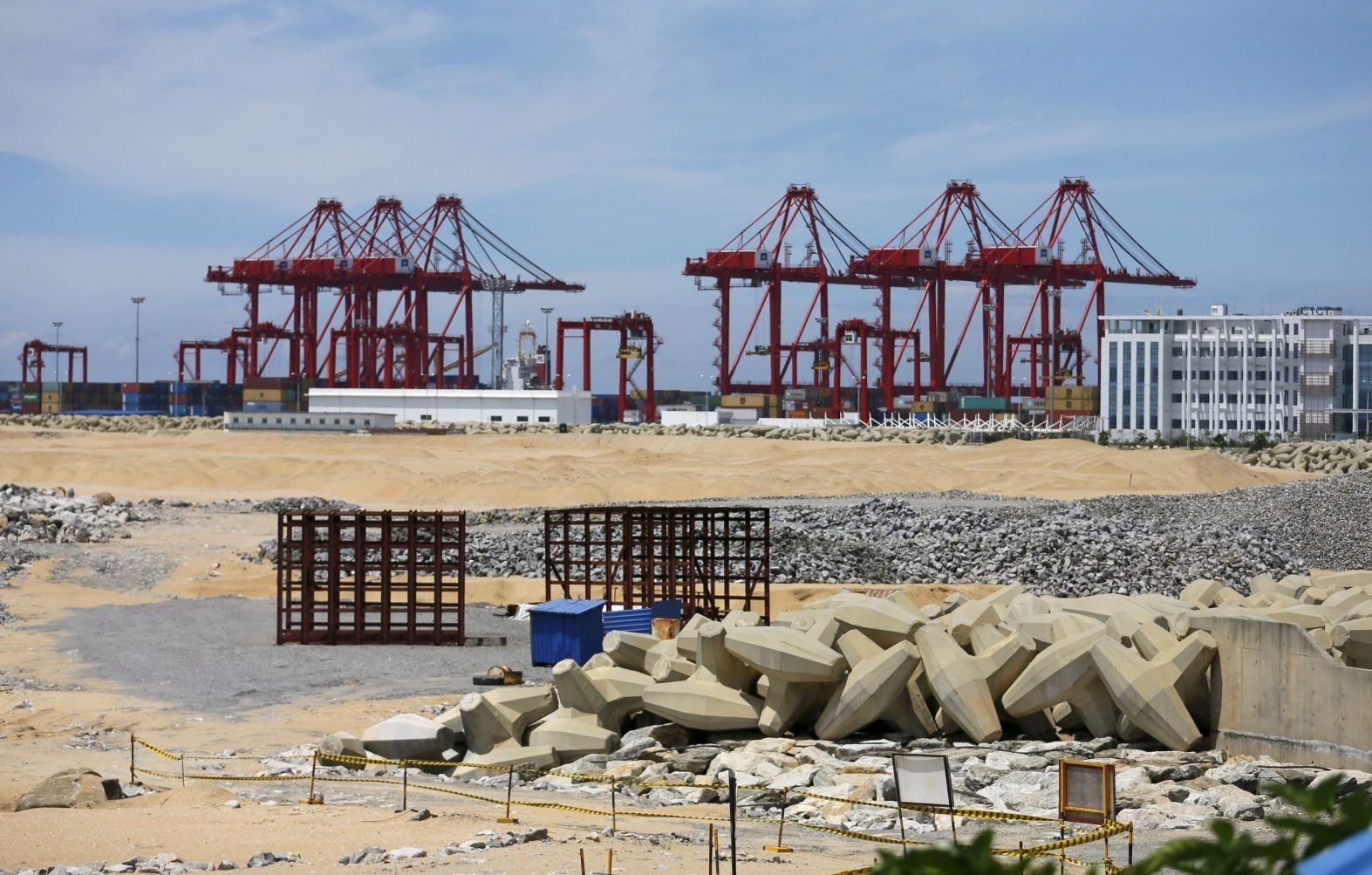Narendra Modi’s Indian economy is limping towards the next general elections
If Narendra Modi was looking for a quick economic turnaround before the general elections later this year, he’d be disappointed.


If Narendra Modi was looking for a quick economic turnaround before the general elections later this year, he’d be disappointed.
Investments into new projects in the three months ended Dec. 31, 2018, stood at their lowest level since the Indian prime minister took power in 2014, according to data from the Centre for Monitoring Indian Economy (CMIE), a think tank that tracks business and economic data.
Project additions, measured by total private and public investments in the country, fell in the quarter to Rs1.15 lakh crore (around $16.5 billion), compared to over Rs2.23 lakh crore in the same period last year.
Though this is a 14-year low, the CMIE said since some of the data comes with a lag, it is likely to be revised upwards slightly next month to possibly around Rs1.40 lakh crore—still the lowest in over a decade.
Tepid demand, a gradual decline in investments, and a changing macro economic environment have drawn down fresh investments. “Capacity utilisation has been below 75%, lower than what is required to spur new investments. Overall, there had been a steady decline in the past three years which ends up adding up to be a lot,” Mahesh Vyas, CEO of CMIE, told Quartz.
Modi’s electoral promise in 2014 included kick-starting stalled projects. However, there has been little respite on that front. In the quarter ended Dec. 31, 2018, the value of stalled projects shot up to Rs3.07 lakh crore, the second highest in the current government’s tenure.
An unfavourable business environment, low economic demand, and delay in getting clearances, usually end up delaying a project. And this is likely to continue this year. “Capex (capital expenditure) utilisation is still low, demand is weak, and price of farm products are low. Even the government has very little fiscal space to fill in the gap. Moreover, there is uncertainty in the political climate ahead of the 2019 elections which usually does not help in boosting investments,” said Vyas.
Yet, there are some pockets of activity in the economy.
Investments in the transportation and aviation sectors, for instance, have been pouring in. “These are counter-cyclical in nature and government-driven investments into roads has been happening. Investments have also been happening into airlines which has given a boost to the entire segment,” added Vyas.